While millions flock to famous archaeological sites like Machu Picchu and the Colosseum, some of history’s most spectacular ruins remain hidden in remote locations where few travelers venture. These forgotten civilizations and abandoned cities offer something that crowded tourist sites simply cannot—the chance to experience ancient history in solitude, where your footsteps might be the first in days and the only sounds are wind through crumbling walls and birds nesting in thousand-year-old stones.
It’s like having a private audience with the past. Here is a list of 17 remarkable ancient ruins that offer authentic archaeological experiences away from the typical tourist crowds
Hampi in Karnataka, India
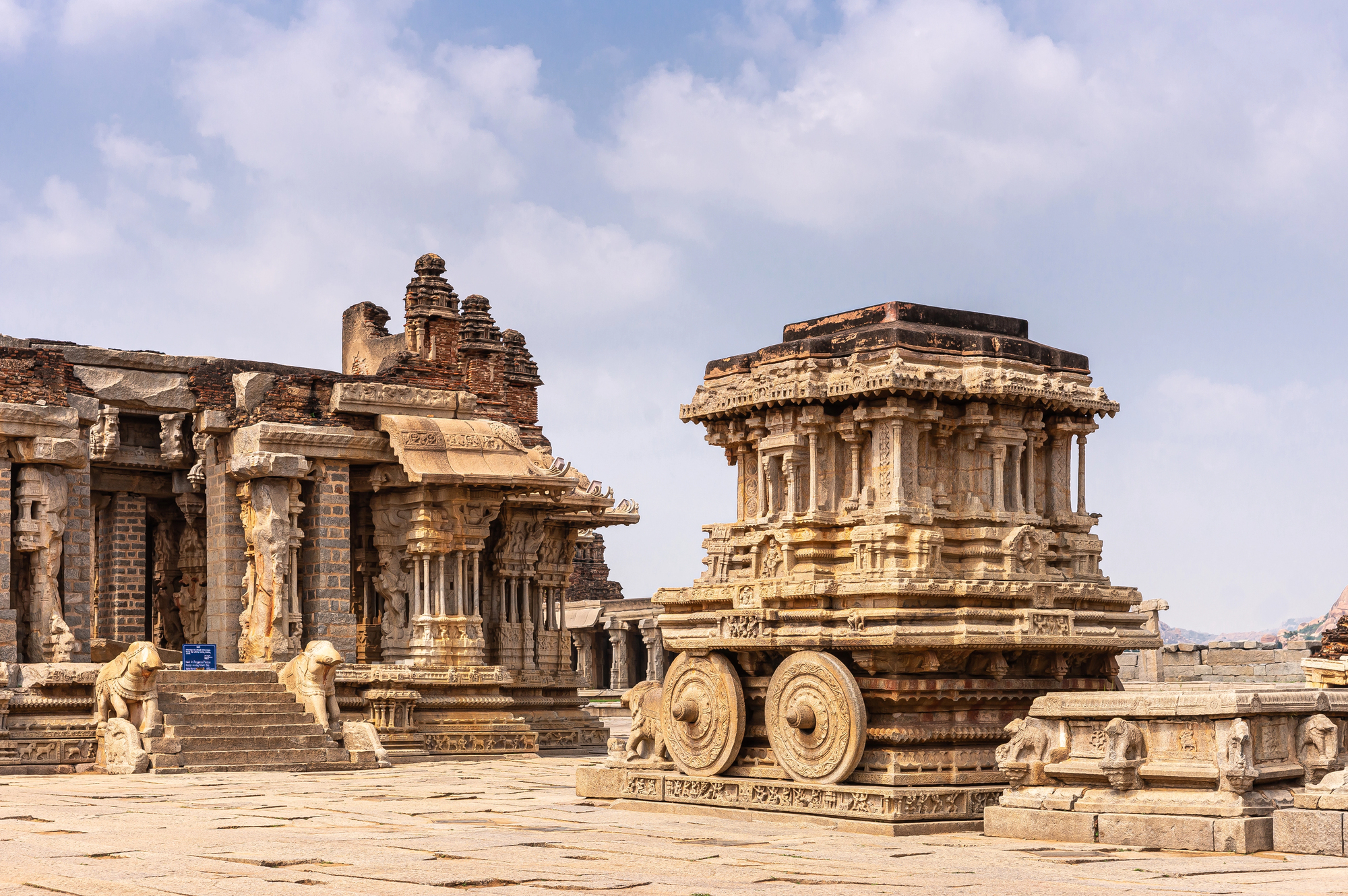
The ruins of the Vijayanagara Empire spread across 25 square miles of boulder-strewn landscape in southern India, creating one of the world’s largest archaeological sites that remains surprisingly uncrowded despite its UNESCO World Heritage status. Massive temple complexes, royal palaces, and ancient bazaars emerge from dramatic granite formations that seem designed by nature specifically for this lost civilization.
Visitors can explore ornate stone chariots, climb ancient watchtowers, and wander through elephant stables without encountering the masses that descend upon more famous Indian monuments. The site’s remote location in rural Karnataka means that even during peak season, you might find yourself alone among ruins that once housed a city larger than Rome.
Bagan in Myanmar
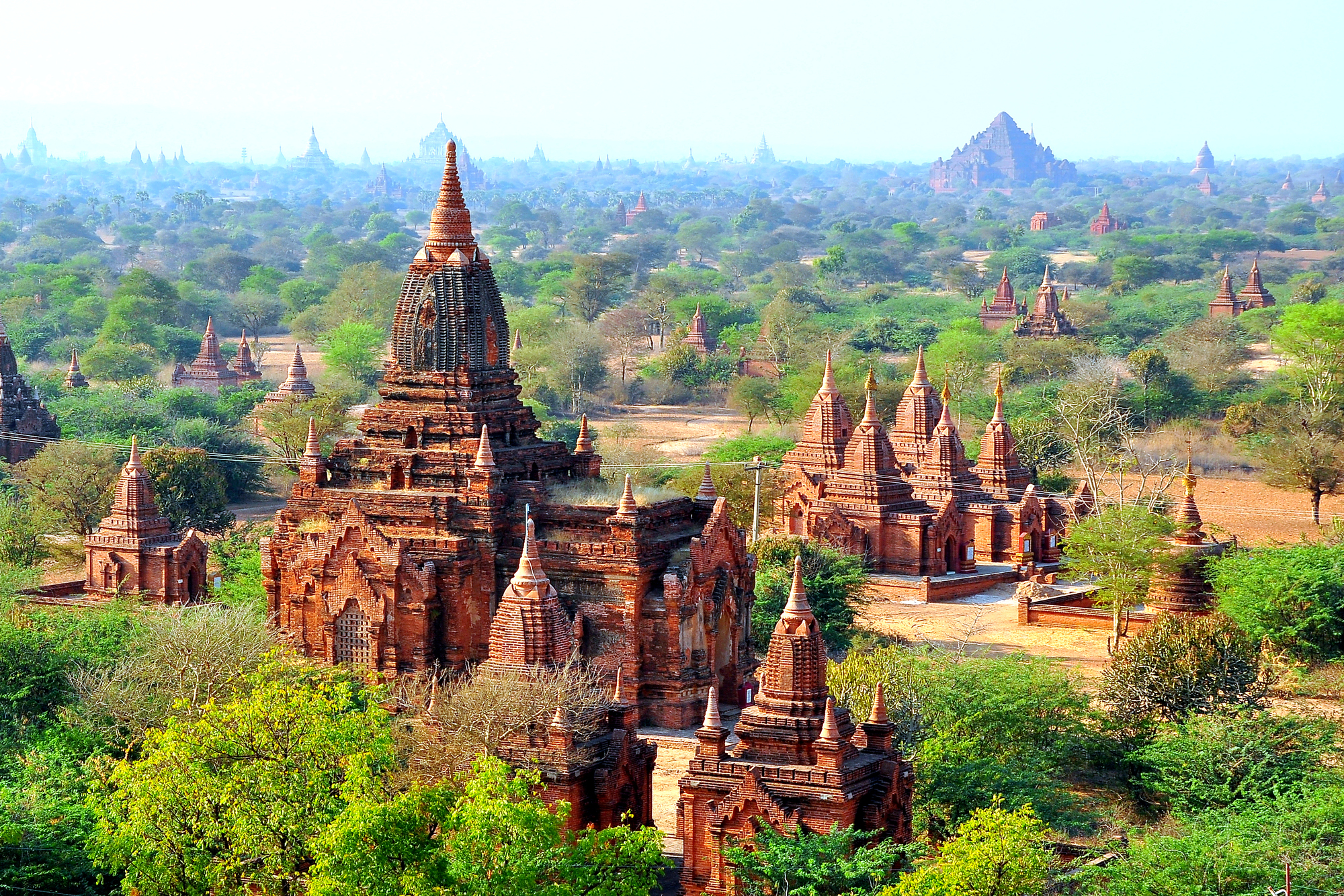
More than 10,000 Buddhist temples and pagodas dot the plains of central Myanmar, creating an archaeological landscape so vast that it defies comprehension and attracts far fewer visitors than it deserves due to Myanmar’s restricted travel access. These 11th to 13th-century structures range from tiny neighborhood shrines to massive temple complexes where ancient murals still decorate interior walls in remarkable condition.
Hot air balloon rides reveal the true scale of this archaeological wonder, with temples stretching to every horizon like a stone forest planted by divine hands. The early morning hours provide particularly magical experiences as mist rises from the Irrawaddy River and golden light illuminates thousands of ancient spires in complete solitude.
Nan Madol in Micronesia
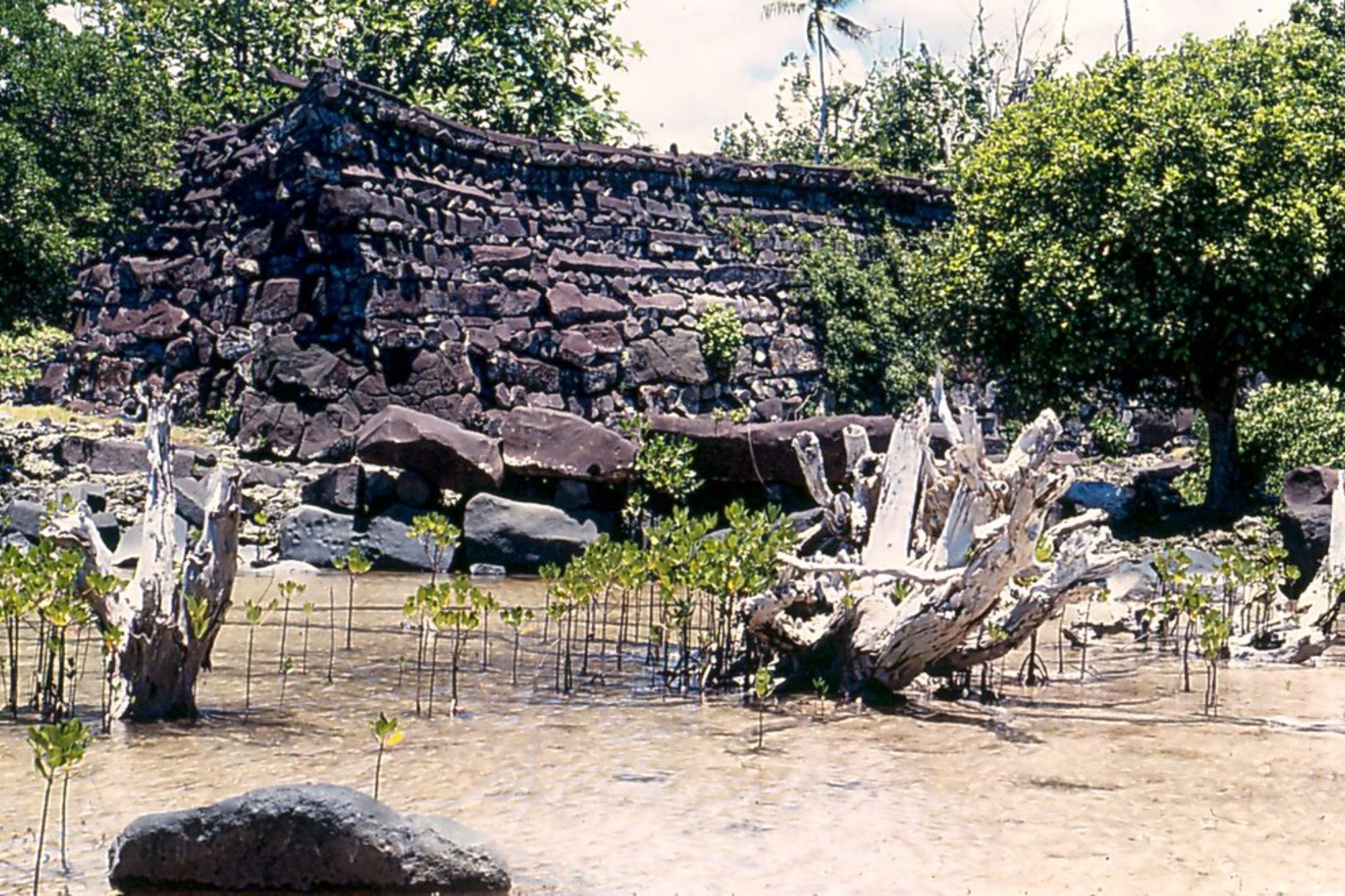
This mysterious stone city built on artificial islands in the Pacific Ocean remains one of archaeology’s greatest puzzles, accessible only by kayak or small boat and visited by fewer than 1,000 tourists annually. The massive basalt logs that form the city’s foundations were somehow transported and arranged without wheels, pulleys, or metal tools, creating structures that seem to defy the technological capabilities of their 13th-century builders.
Exploring the maze of canals and stone platforms feels like discovering Atlantis, especially during high tide when water floods the ancient streets and makes navigation by kayak the only option. The site’s extreme remoteness in the Federated States of Micronesia ensures that visitors often have this archaeological marvel completely to themselves.
Like Travel Pug’s content? Follow us on MSN.
Great Zimbabwe in Zimbabwe
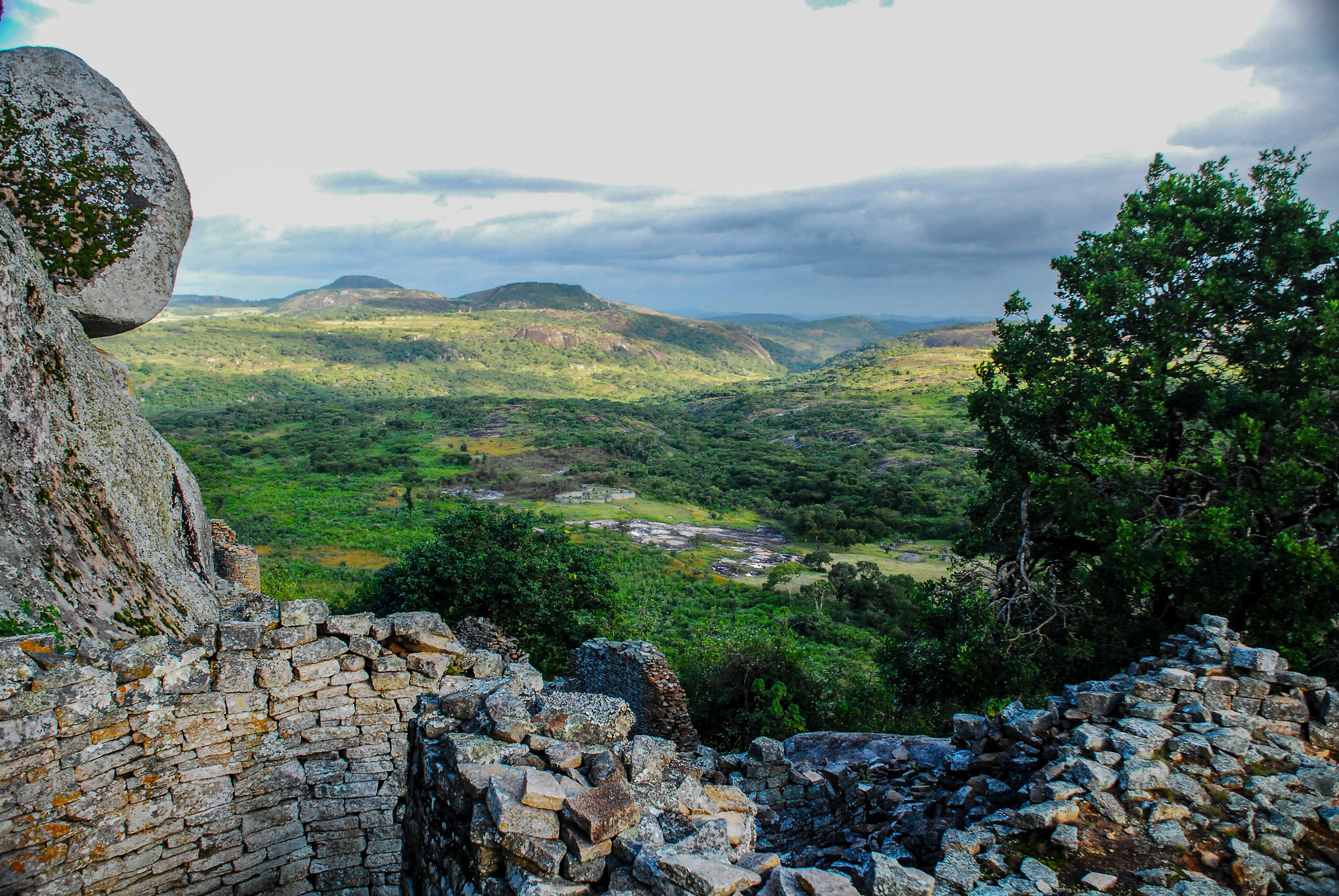
The stone ruins that gave Zimbabwe its name represent Africa’s most impressive medieval city, featuring massive granite walls built without mortar that demonstrate sophisticated engineering knowledge often overlooked in discussions of African civilizations. The hilltop acropolis and valley enclosures tell the story of a powerful trading empire that controlled gold and ivory routes between the African interior and Indian Ocean ports.
Visitors can explore the famous conical tower, examine ancient soapstone carvings, and walk among ruins where archaeologists continue uncovering artifacts that reshape understanding of medieval African societies.
Caral in Peru
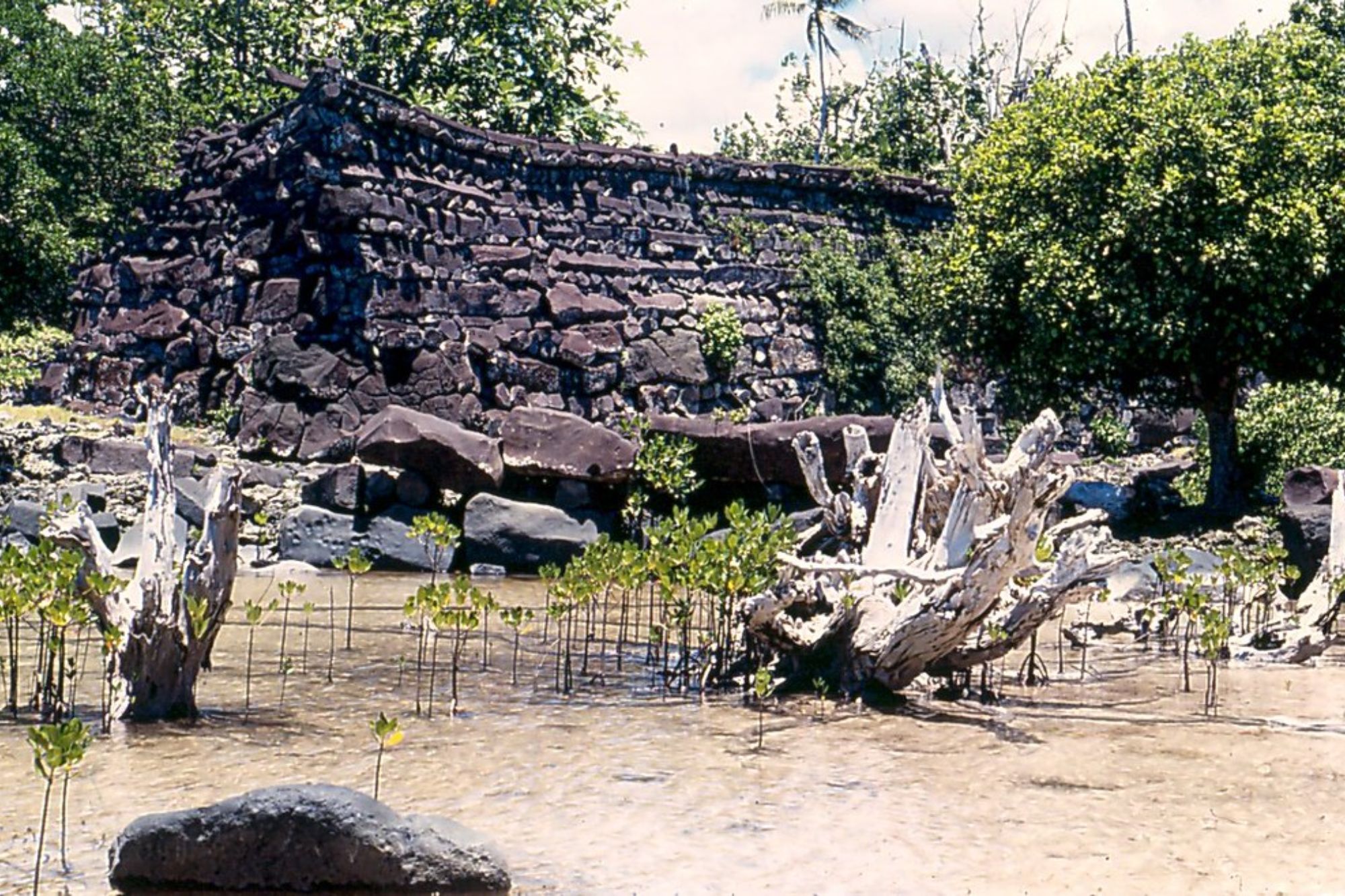
This 5,000-year-old city predates Stonehenge and the Egyptian pyramids, making it one of the world’s oldest urban centers and yet it receives a fraction of the visitors that flock to Peru’s more famous Inca sites. The Norte Chico civilization that built Caral developed complex urban planning, monumental architecture, and sophisticated irrigation systems without pottery, metal tools, or written language.
Six large pyramid platforms dominate the site, surrounded by residential areas and ceremonial plazas that provide insights into how the world’s earliest cities functioned. The three-hour drive from Lima through desert landscapes ensures that Caral remains relatively unknown among international tourists, providing authentic archaeological experiences in landscapes that have changed little since ancient times.
Hattusa in Turkey
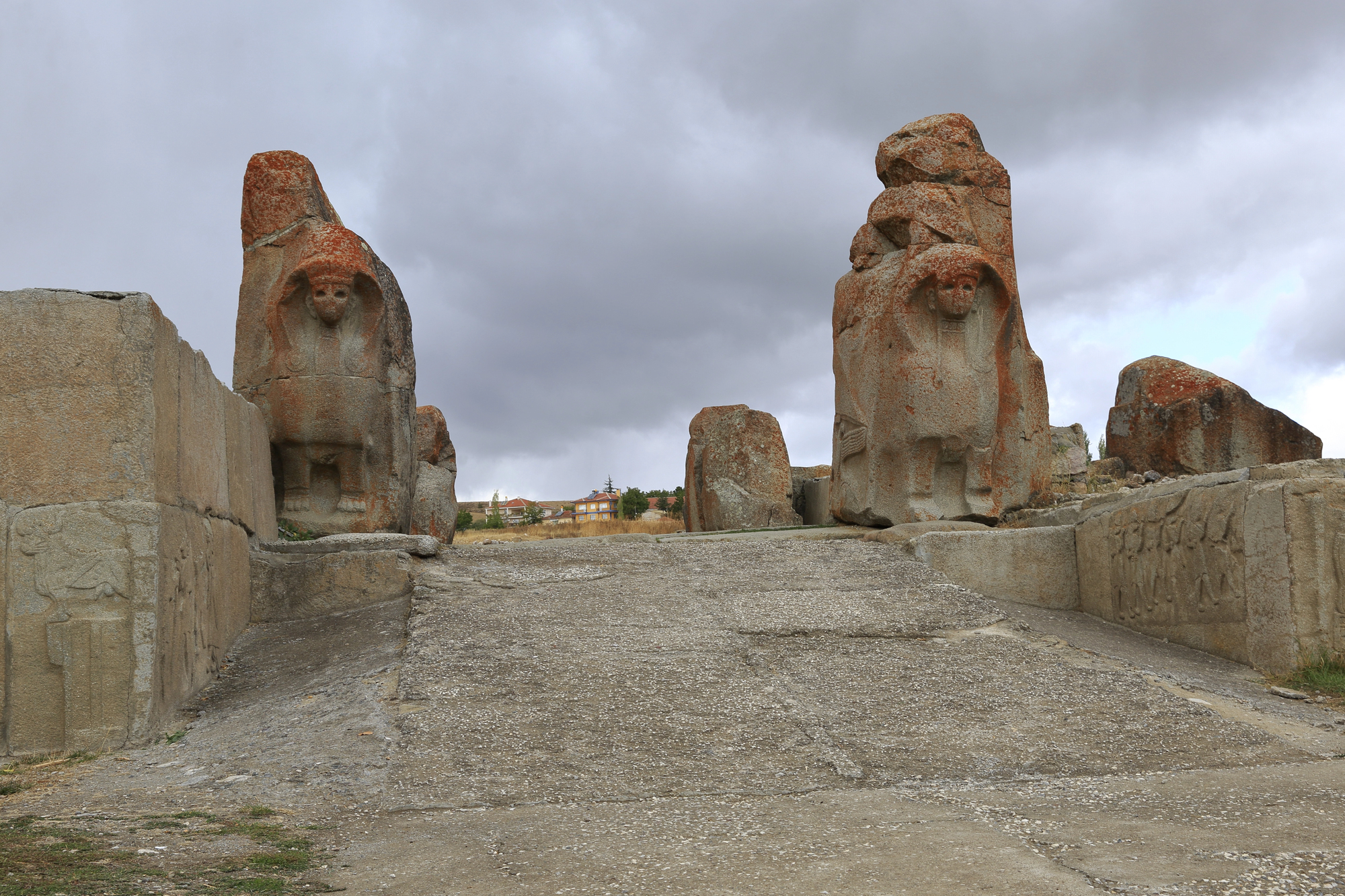
The capital of the Hittite Empire features massive stone walls, elaborate gates decorated with lion and griffin reliefs, and underground chambers that demonstrate the power of this Bronze Age civilization that rivaled ancient Egypt. The Lion Gate and King’s Gate still guard entrances to the ancient city, while the nearby Yazilikaya rock sanctuary contains the world’s largest gallery of Hittite rock art depicting gods and religious ceremonies.
Visitors can explore the Great Temple complex, walk through the Tunnel beneath the city walls, and examine cuneiform inscriptions that helped scholars decipher the Hittite language. The site’s location in central Anatolia, far from Turkey’s coastal tourist centers, means that even during summer months, you might explore these 3,400-year-old ruins with only local shepherds for company.
Like Travel Pug’s content? Follow us on MSN.
Meroë in Sudan

The royal cemetery of the Kingdom of Kush features more pyramids than Egypt but receives virtually no international tourists due to Sudan’s political situation and travel restrictions. These Nubian pyramids, built between 300 BCE and 300 CE, showcase a unique architectural style that blends Egyptian influences with distinctive African innovations.
The pyramids’ steep angles and small burial chambers reflect different religious beliefs and construction techniques from their more famous Egyptian counterparts. Exploring Meroë requires special permits and local guides, but rewards adventurous travelers with the experience of climbing pyramid steps and examining hieroglyphic inscriptions in complete solitude across landscapes that remain unchanged since ancient times.
Geghard Monastery in Armenia
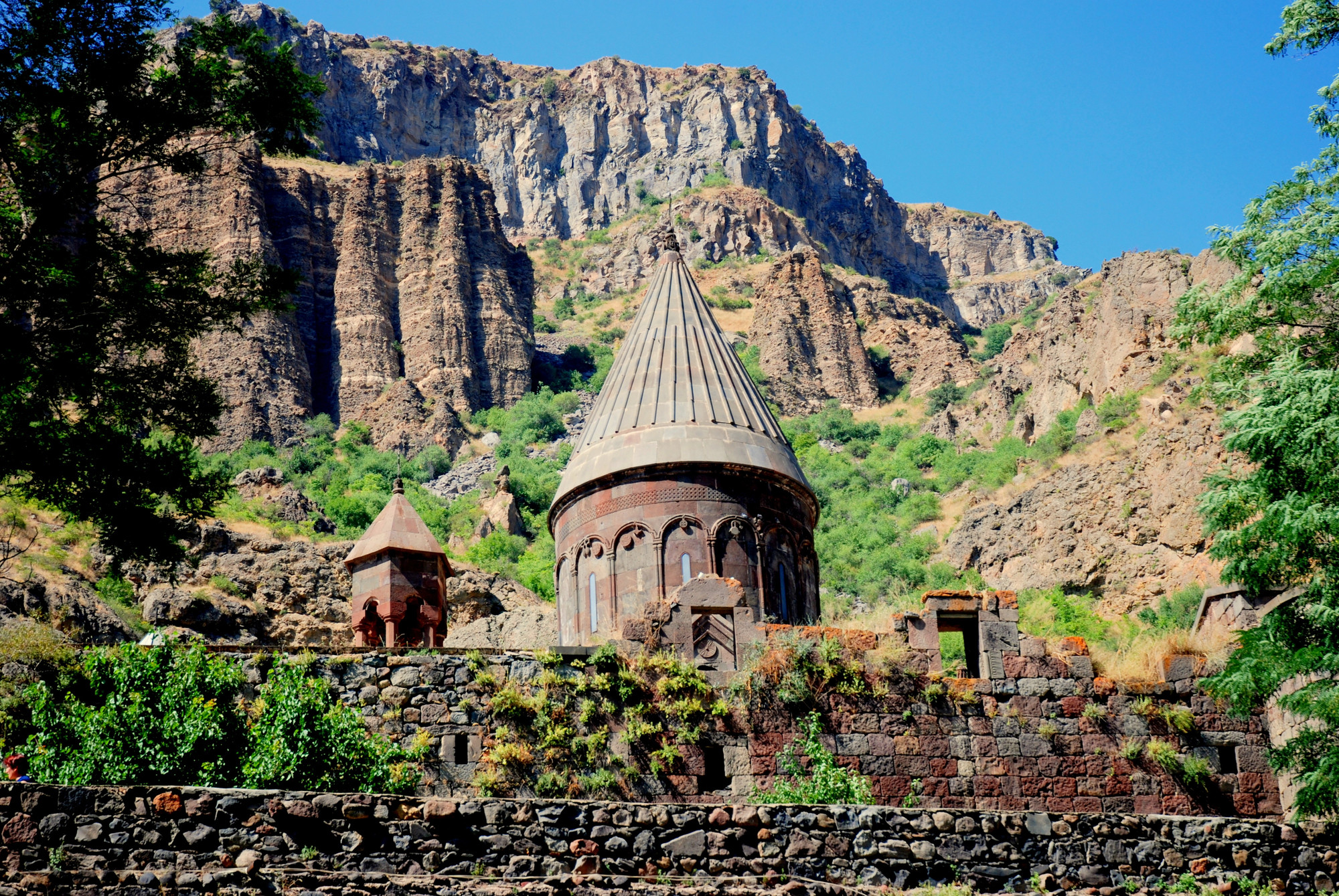
This medieval monastery complex, carved directly into cliff faces, demonstrates how Armenian architects integrated natural rock formations into religious architecture with remarkable skill and artistry. The main chapel extends deep into the mountainside, featuring acoustics so perfect that ancient chants seem to emerge from the stone itself.
Additional chambers, including a burial vault for Armenian nobility, showcase sophisticated engineering that allowed medieval builders to create multi-level complexes within solid rock. The monastery’s location in a remote gorge outside Yerevan ensures that visitors can experience these architectural marvels without crowds, often accompanied only by the sound of mountain streams and birds nesting in the cliff faces.
Borobudur’s Hidden Temples in Indonesia

While Borobudur itself attracts many visitors, the surrounding Kedu Plain contains dozens of smaller Buddhist and Hindu temples from the 8th and 9th centuries that remain largely unexplored by tourists. Temples like Mendut and Pawon form part of a larger sacred landscape that demonstrates how ancient Javanese civilization integrated religious architecture into natural environments.
These satellite temples feature intricate stone carvings, Buddha statues, and architectural innovations that provide context for understanding Borobudur’s place within a complex religious system. Early morning visits to these lesser-known temples offer opportunities to examine ancient Buddhist art and architecture in peaceful settings where the only sounds are tropical birds and wind through ancient stones.
Like Travel Pug’s content? Follow us on MSN.
Volubilis in Morocco
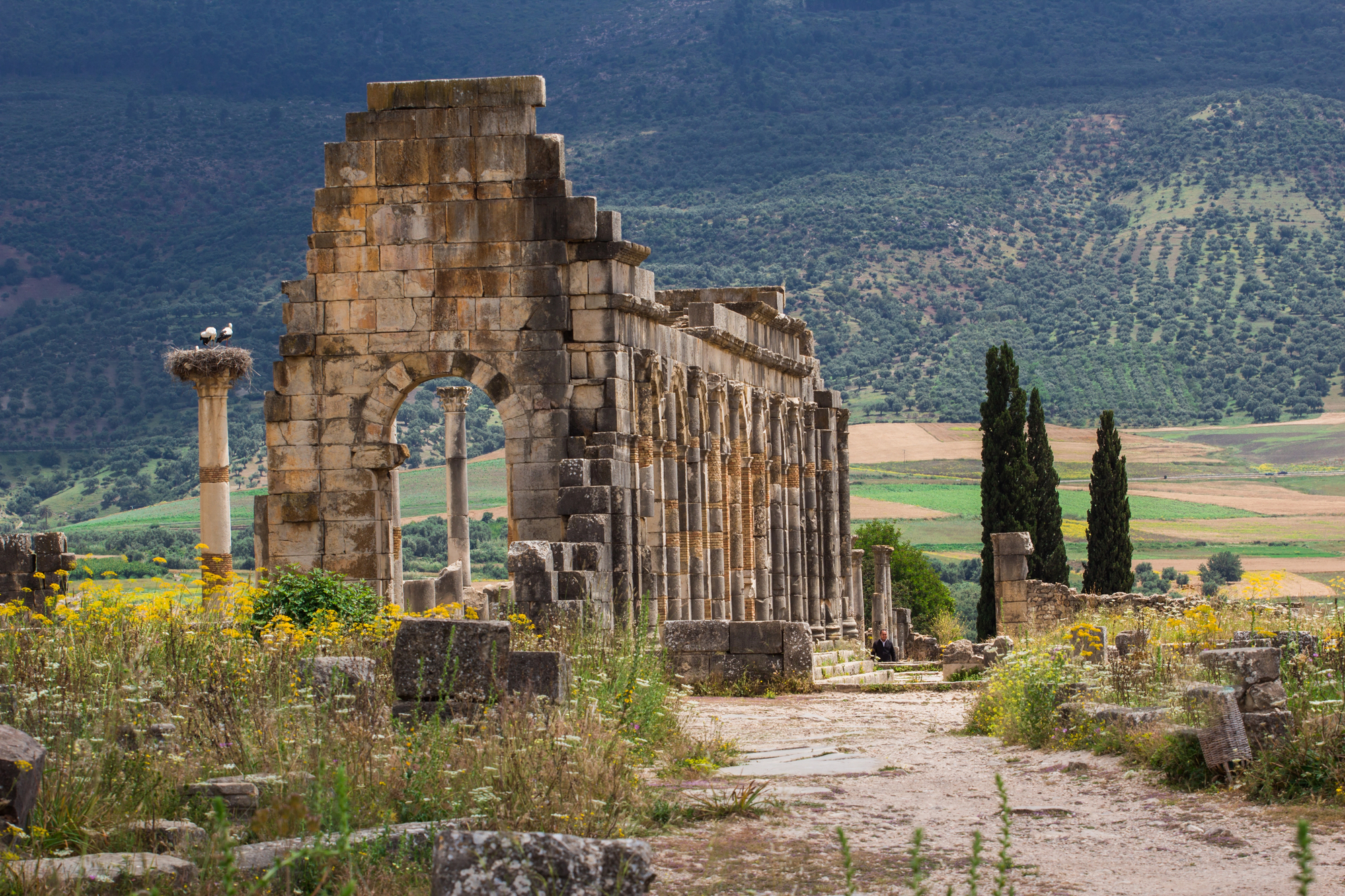
This Roman city in the foothills of the Atlas Mountains preserves some of North Africa’s finest Roman mosaics and demonstrates how the empire adapted classical architecture to local conditions and materials. The House of Orpheus contains elaborate floor mosaics depicting mythological scenes, while the Basilica and Capitol showcase Roman urban planning principles applied to Moroccan landscapes.
Visitors can explore ancient olive presses, examine Latin inscriptions, and walk Roman streets where archaeologists continue uncovering artifacts that illuminate daily life in this frontier province.
Ani in Turkey
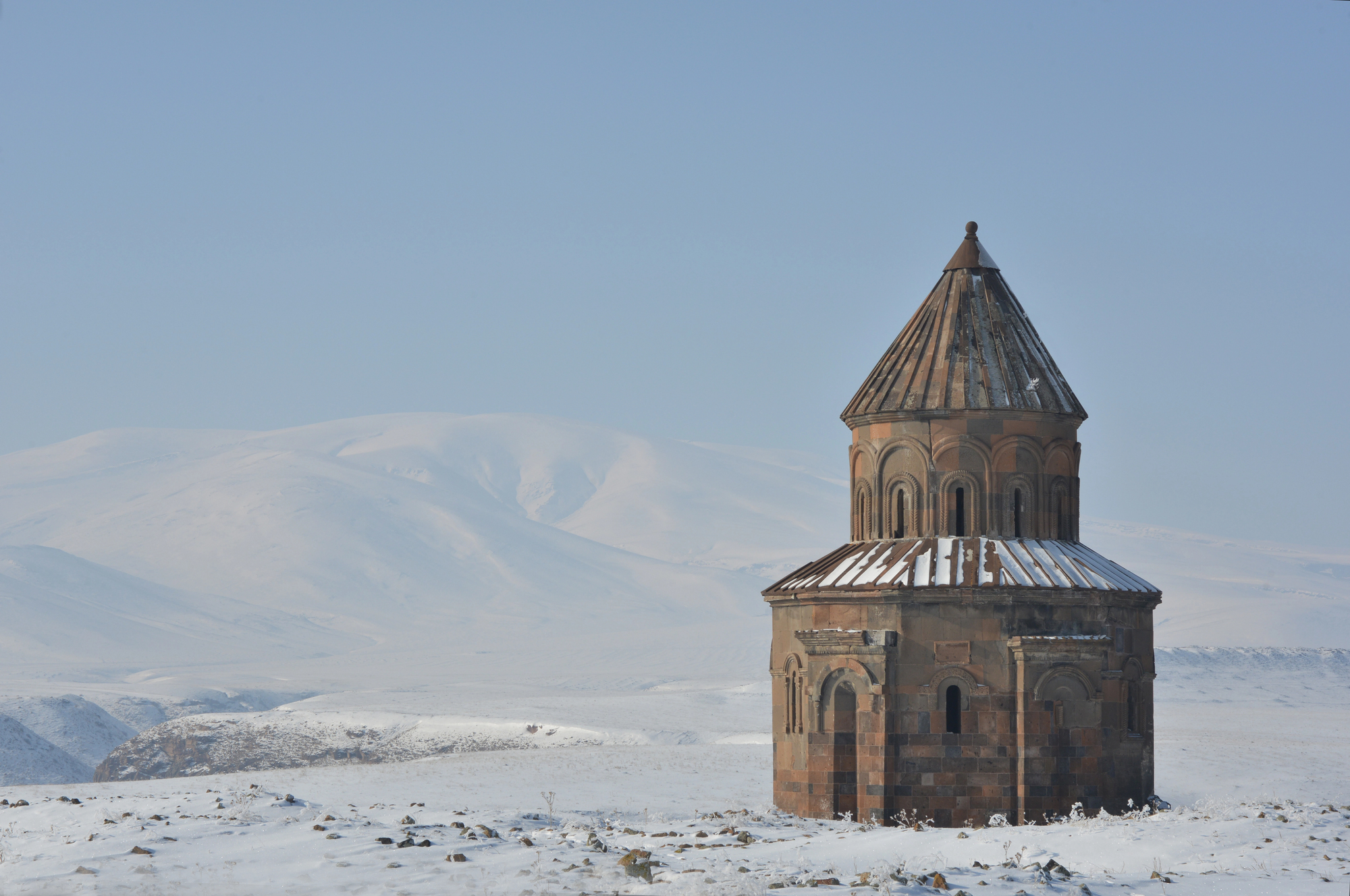
This medieval Armenian capital, known as the ‘City of 1,001 Churches,’ sits abandoned on the Turkish-Armenian border where political tensions limit tourism despite the site’s extraordinary archaeological significance. The Cathedral of Ani, Church of the Redeemer, and other religious structures showcase Armenian architectural innovations that influenced both Byzantine and Islamic building traditions.
Massive city walls, residential areas, and commercial districts provide insights into how this cosmopolitan trading center functioned during its 10th and 11th-century heyday.
Hegra in Saudi Arabia
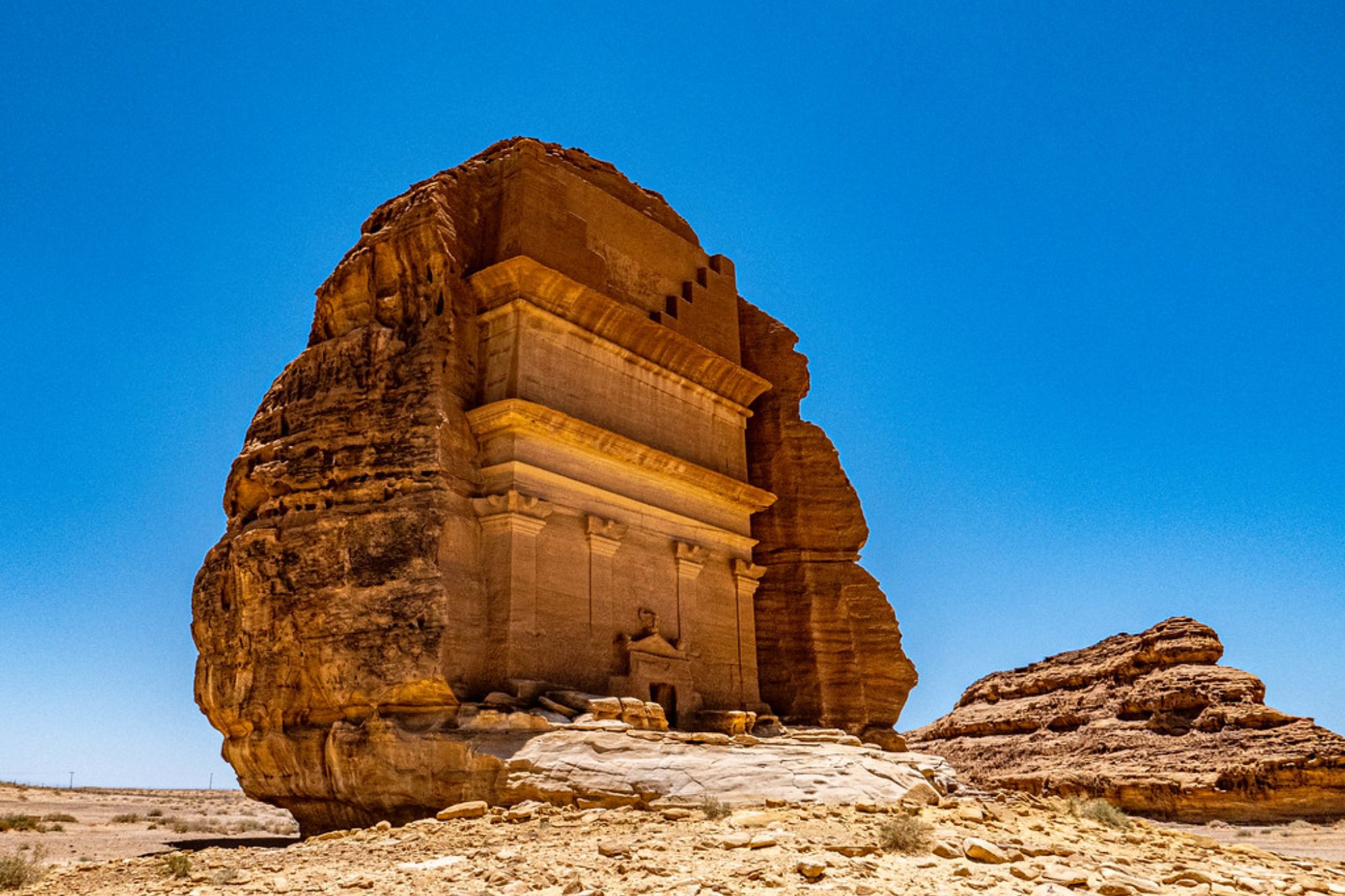
Saudi Arabia’s first UNESCO World Heritage Site features Nabatean tombs carved into sandstone cliffs that rival those at Petra but attract a tiny fraction of the visitors due to recent tourism development and visa restrictions. The well-preserved facades display the same architectural sophistication as Petra’s more famous monuments, with elaborate decorative elements and engineering techniques that demonstrate Nabatean mastery of desert construction.
More than 130 monumental tombs are spread across the archaeological site, many containing inscriptions that provide insights into Nabatean society and trade networks.
Like Travel Pug’s content? Follow us on MSN.
Palenque’s Remote Sectors in Mexico
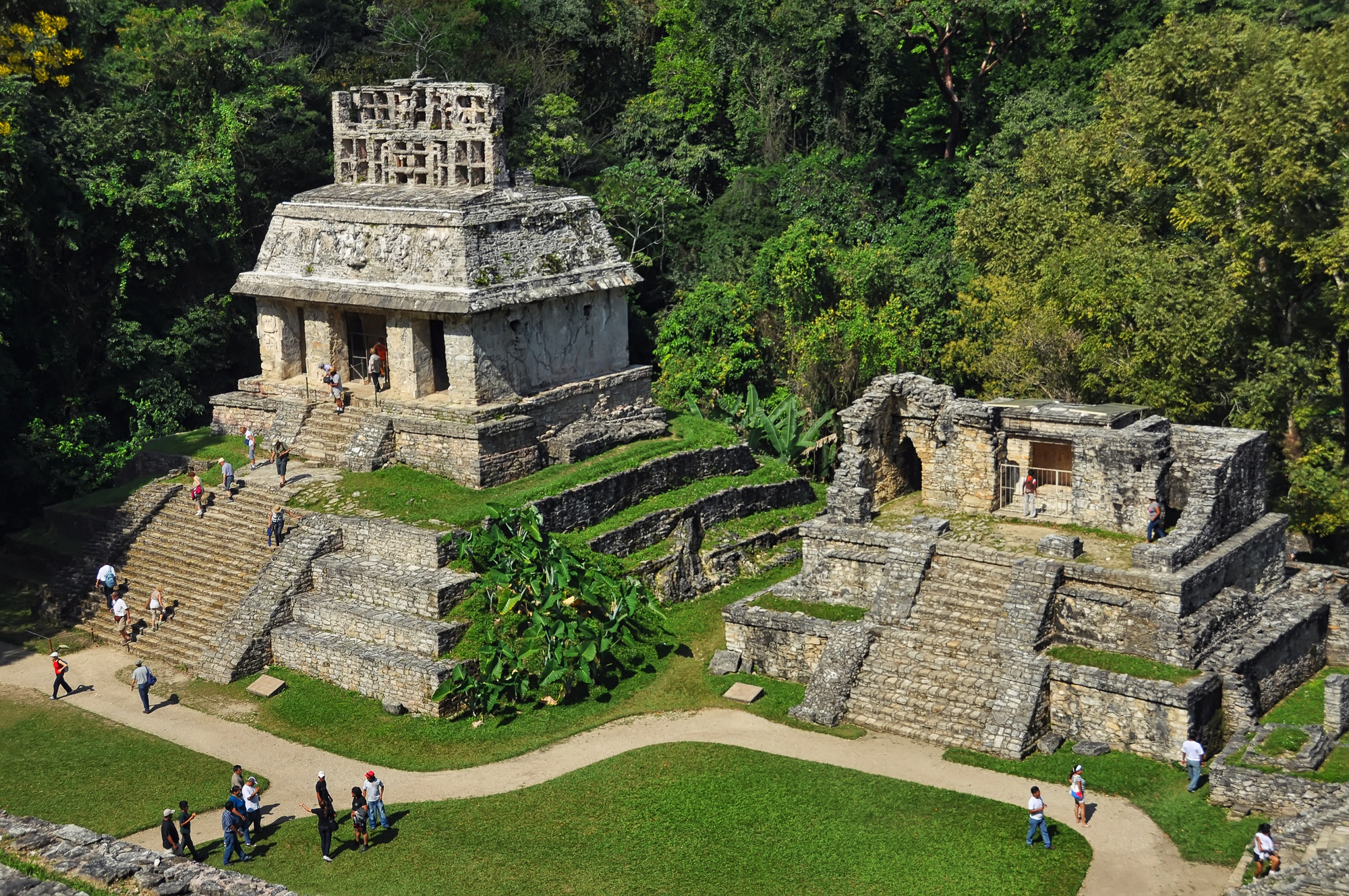
While Palenque’s main plaza attracts many visitors, vast sections of this Maya city remain accessible only through jungle hikes that lead to temples and palaces where few tourists venture. Group IV and the northern groups contain elaborate architecture and hieroglyphic inscriptions that provide crucial information about Maya political history and religious practices.
These remote areas require guides and jungle trekking skills, but reward adventurous visitors with opportunities to discover Maya sculptures, examine ancient drainage systems, and explore palace complexes where howler monkeys provide the only soundtrack.
Sanchi in India
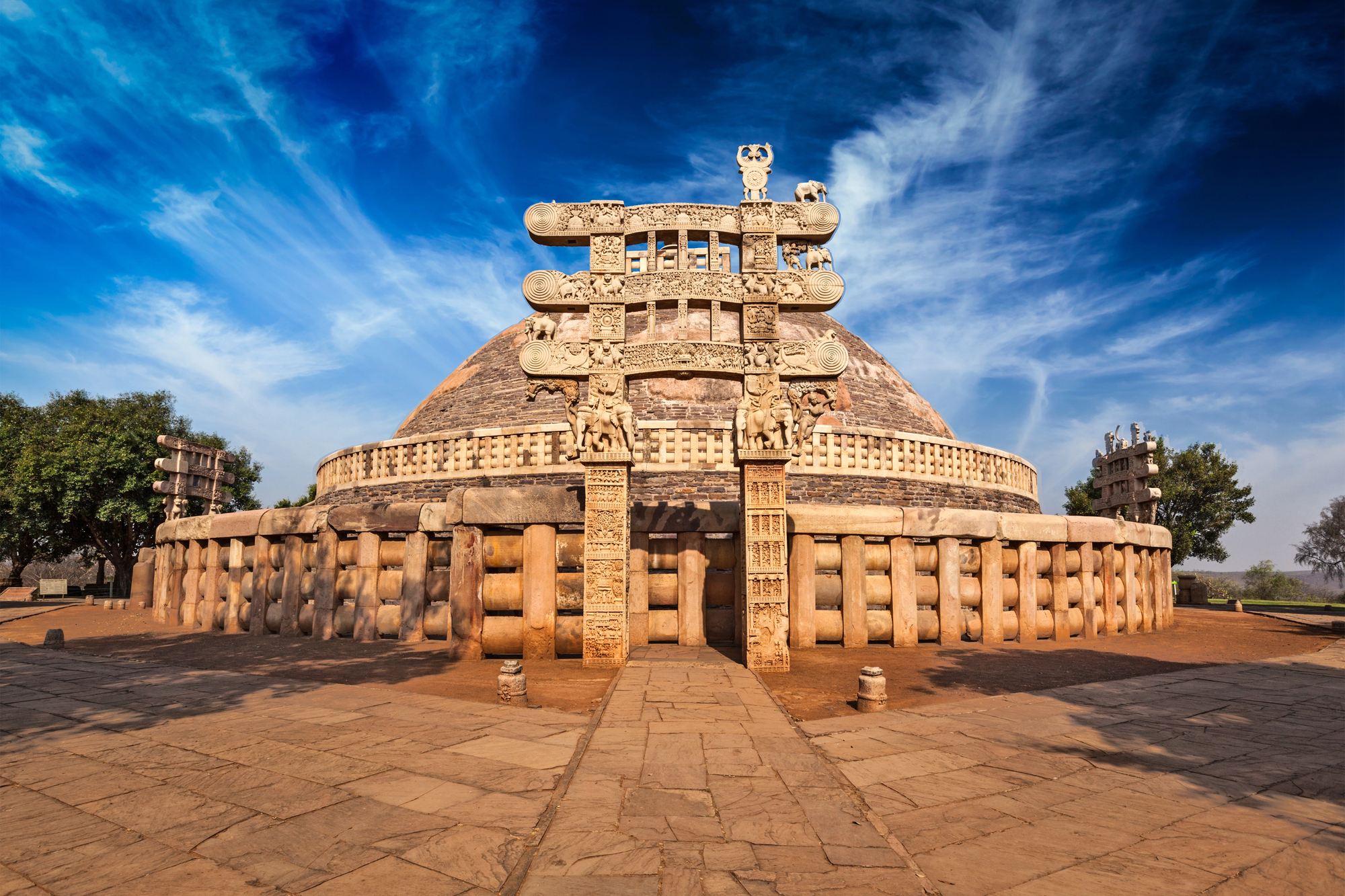
This Buddhist complex in Madhya Pradesh contains India’s oldest stone structures and most complete collection of Buddhist art, yet receives far fewer visitors than India’s more famous monuments due to its inland location. The Great Stupa, dating from the 3rd century BCE, features elaborate gateways decorated with scenes from Buddha’s life and Jataka tales carved in stone with extraordinary artistic skill.
Smaller stupas, monasteries, and temples demonstrate how Buddhist architecture evolved over more than 1,000 years of continuous use. The site’s peaceful hilltop location provides opportunities for contemplation and detailed examination of ancient Buddhist art without the crowds and commercial activity that characterize more accessible Indian archaeological sites.
Ciudad Perdida in Colombia
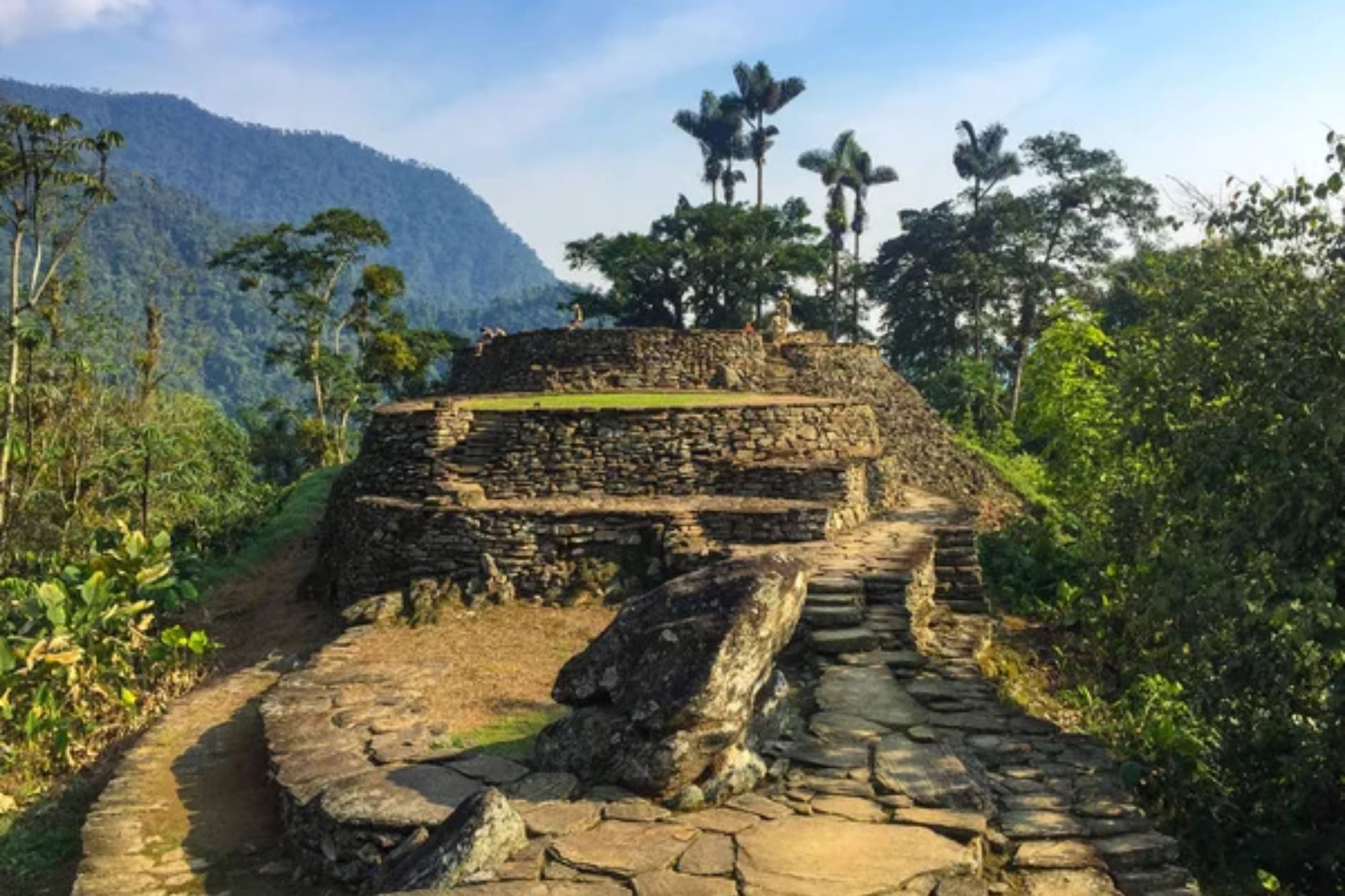
This pre-Columbian city requires a challenging multi-day jungle trek that limits visitors to serious hikers willing to navigate rivers, steep mountain paths, and basic camping conditions. The Teyuna terraces built by the Tairona people between 800 and 1600 CE demonstrate sophisticated urban planning principles adapted to steep mountain environments and tropical climate conditions.
Stone staircases, residential platforms, and ceremonial areas emerge from jungle vegetation that has protected the site since Spanish colonization forced its abandonment. The trek’s difficulty and Colombia’s past security issues mean that current visitor numbers remain low, providing opportunities to explore this remarkable archaeological site with small groups in pristine jungle settings.
Like Travel Pug’s content? Follow us on MSN.
Jerash’s Unexcavated Areas in Jordan
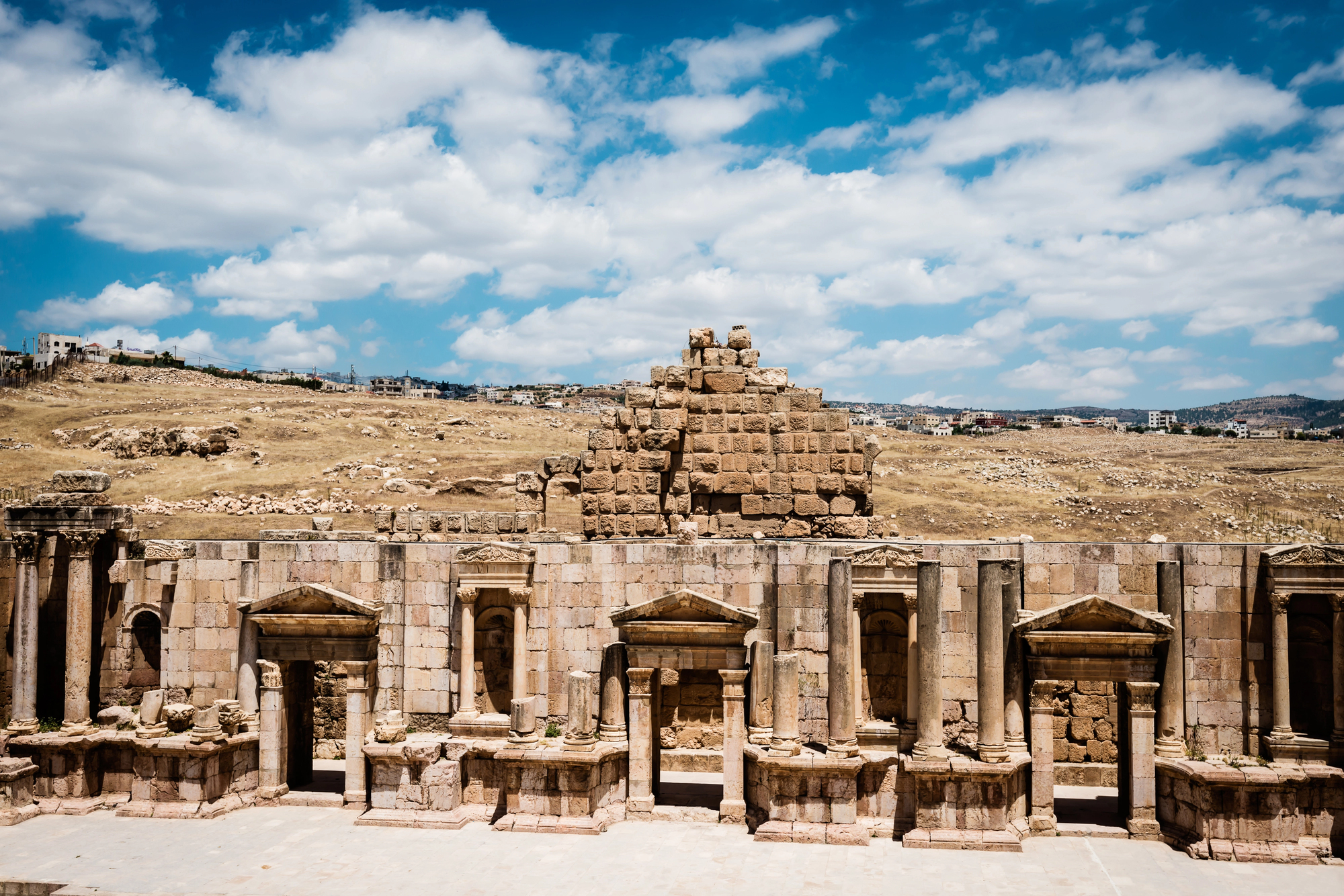
While Jerash’s main colonnaded street attracts tour groups, vast sections of this Roman city remain unexcavated and unexplored, offering opportunities for visitors to discover ancient structures away from established tourist routes. The South Theater and Oval Plaza represent only a fraction of this archaeological site, which contains temples, baths, and residential areas still buried beneath centuries of accumulated earth.
Climbing the hills surrounding the main ruins reveals additional structures and provides panoramic views of the entire archaeological landscape without encountering other tourists.
Sukhothai’s Remote Temples in Thailand
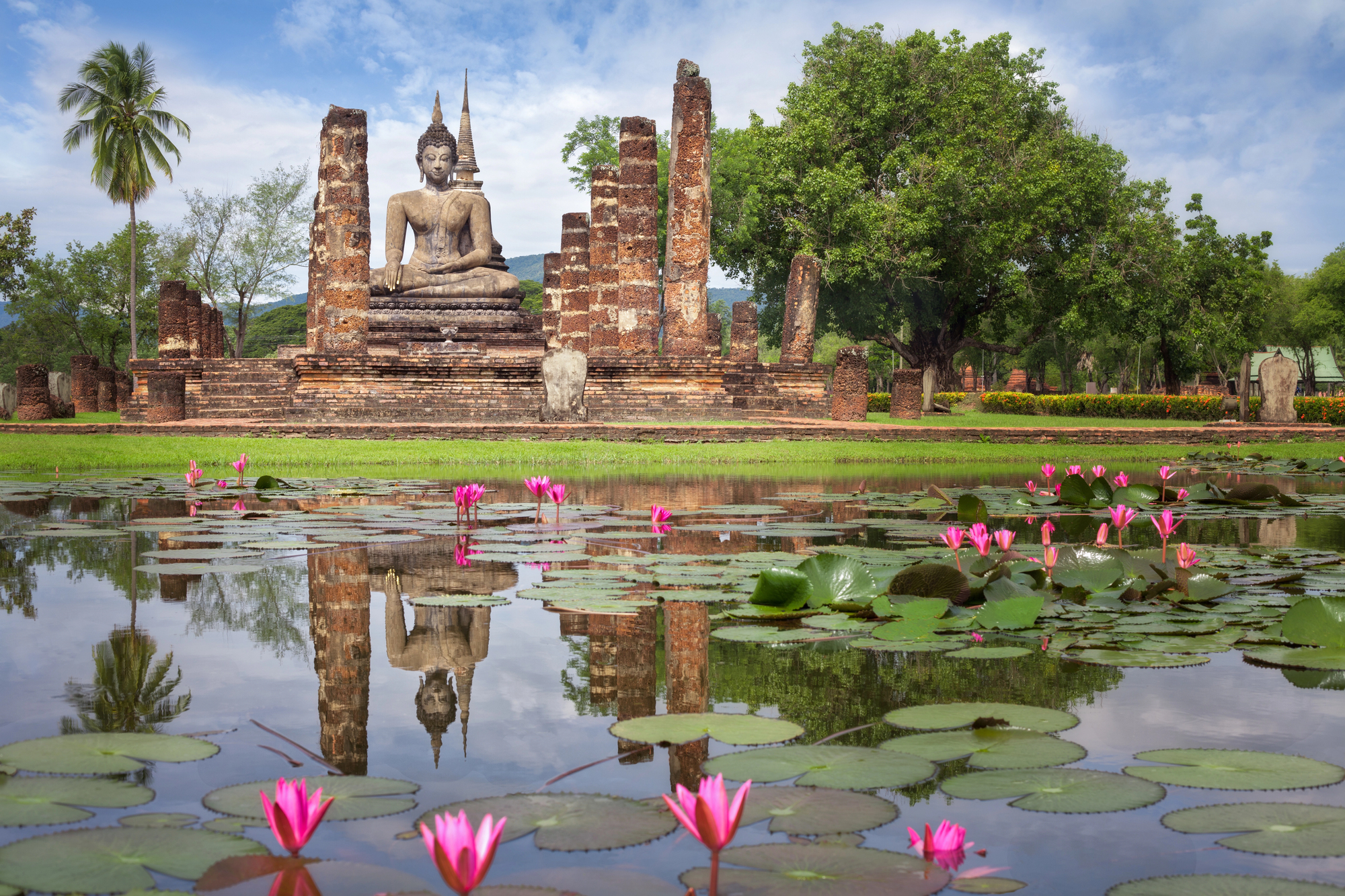
Beyond the restored central zone that attracts most visitors, Sukhothai Historical Park contains hundreds of temple ruins scattered across forested areas accessible only by bicycle or on foot through unmarked paths. These 13th and 14th-century temples showcase the artistic innovations of the Sukhothai Kingdom, including distinctive Buddha statues and architectural elements that influenced Thai religious art for centuries.
Many remote temples remain partially excavated, with Buddha images emerging from forest vegetation and foundation stones marking the locations of wooden structures long since returned to earth. Early morning bicycle tours through these outlying areas provide opportunities to discover temple ruins where the only visitors might be local monks maintaining small shrines among the ancient stones.
Echoes Across Silent Centuries
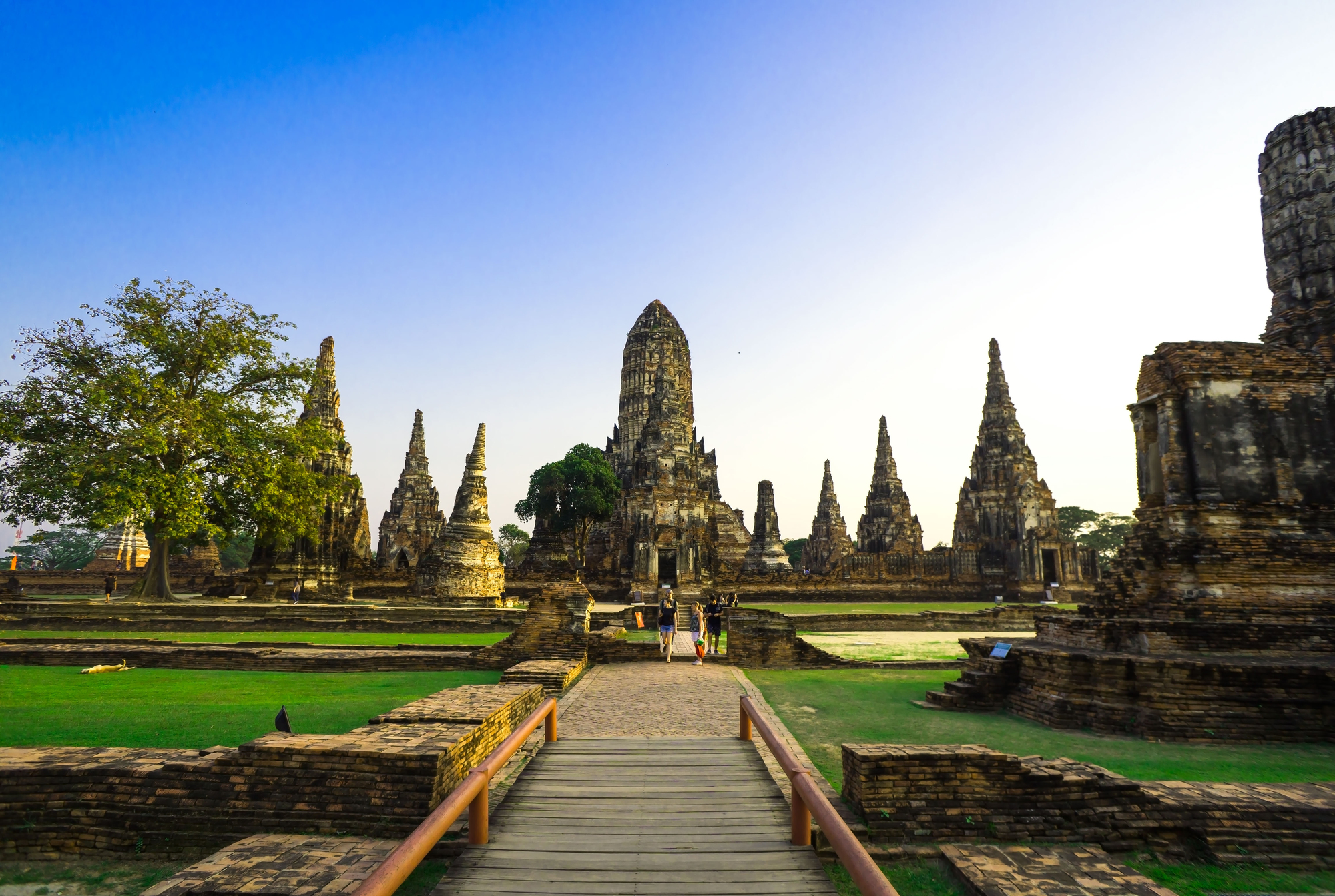
These forgotten ruins represent humanity’s endless capacity for creating beauty and meaning, even in places that time and nature have since reclaimed. They remind us that our most famous archaeological sites represent only a tiny fraction of the civilizations that have risen and fallen across human history, leaving behind stone witnesses to dreams, beliefs, and achievements that deserve recognition beyond academic circles.
The solitude available at these off-trail sites provides something increasingly rare in our connected world – the chance to experience the past without mediation, interpretation, or crowds.
More from Travel Pug

- 20 Best Beach Towns in the Carolinas
- 13 Destinations Where Tourists Regularly Regret Their Trip
- 20 Destinations That Are More Magical Without an Itinerary
- 20 Underrated Adventures That Belong on Your Travel List
- 20 Cities Where You Should Just Wing It, No Planning Required
Like Travel Pug’s content? Follow us on MSN.
